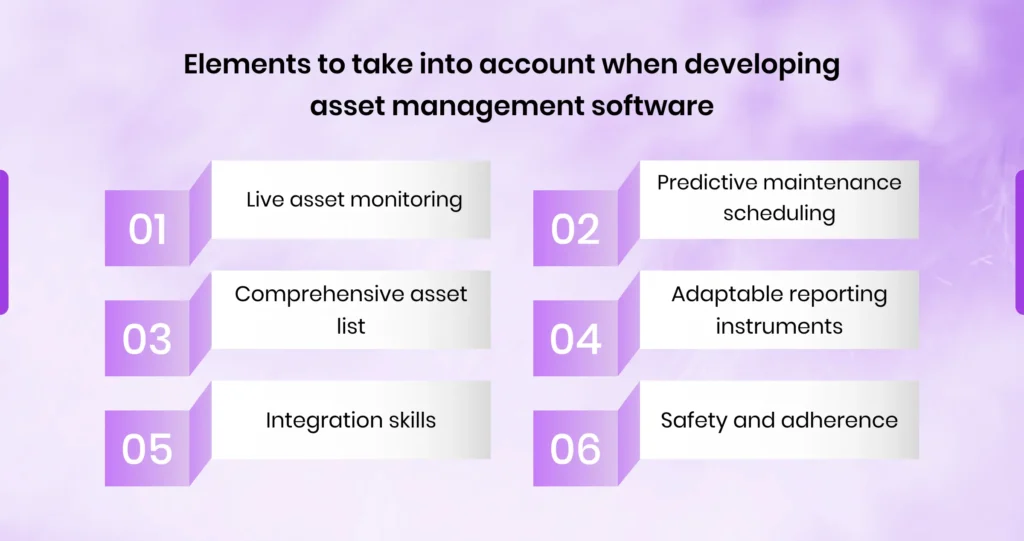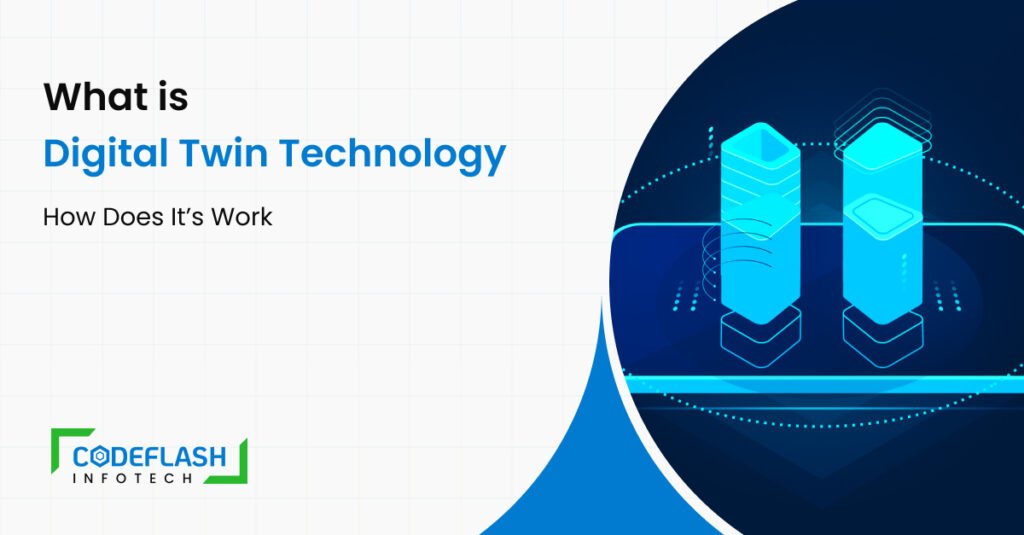
Asset Management Software Development Guide [Cost & Feature]
06 AUGUST
In the corporate world of 2024, asset management is important to your organization. It increases productivity and simplifies corporate processes. As a result, it is anticipated that by 2025, the market for asset management software will surpass $27 billion. Leveraging asset management software development in Dubai can further enhance operational efficiency and ensure that businesses in Dubai stay ahead of the curve with advanced technological solutions customised to their unique needs.
Corporations consequently invest more in developing asset management software to manage their assets more effectively.
However, each company must educate itself about the many kinds of asset management software before developing. This might assist them in selecting the best option for their company. If so, this guide can be of assistance as it covers a wide range of topics, including what asset management software is, how it functions, its advantages, the best asset management software on the market, elements, and price. So let’s find out!
What is asset management software?
An asset management system is a company’s method for managing all of its assets throughout the enterprise. These assets could be trivial or material. They can include anything essential to the firm’s day-to-day operations, such as employees, real estate, gear and software, inventories, and financial assets. From company to company, these assets are managed differently.
The organization must have complete control over its business assets for a system to function well. Whether the business is large or small is irrelevant. Many moving parts are involved in asset control. A current and accurate asset tracking system is necessary for effective control. Without it, you run the danger of losing money and time. By investing in dubai, Saudi asset management software development, businesses can ensure they have a robust and tailored solution that addresses all aspects of asset control, enhancing efficiency and minimizing risks.

Typical Elements to Take Into Account When Developing Asset Management Software
You can reap significant rewards even if your asset management software lacks certain essential functions. It’s crucial to identify the features to request when consulting a software development business for creating Asset Tracking software. For a comprehensive overview, refer to A Guide To Build A Property Management System in 2024.
- Live Asset Monitoring
It is an important feature that your program has to have. Businesses may track their assets in real-time with the help of this feature. It helps companies manage their assets more effectively by providing them with up-to-date information on the state, location, and uses of each asset. - Predictive Maintenance Scheduling
Predictive maintenance scheduling, which makes use of data analytics to determine when your assets require maintenance, is another crucial function. This can save expenses, stop costly downtimes, and minimize damage to the equipment. - Comprehensive Asset List
Include the comprehensive asset inventory capability in your software development project when you choose asset management. In order to support compliance, it will assist in keeping accurate asset records, such as warranty details and maintenance data. - Adaptable Reporting Instruments
Since every organization is different, they require customised solutions for asset reporting. Therefore, it is preferable to use software that provides a dashboard and easily configurable reporting features so that you can analyze asset performance and make better judgments. - Integration Skills
To guarantee data consistency, your chosen asset management software must easily interface with your other company systems, such as supply chain management tools, accounting software, and ERP systems. - Safety and Adherence
Strong security measures are essential for safeguarding confidential company information. To guarantee compliance with regulatory norms, the program must, therefore, implement security features like access control, encryption, etc.
What Is the Cost of Developing Asset Management Software?
- Software Complexity
The price of cost of asset management software Saudi Arabia can vary significantly based on several factors, with software complexity being a crucial determinant. The complexity of the software refers to the intricacy of its functionalities, integration requirements, and the level of customization needed to meet specific business needs. More complex asset management software often involves advanced features such as real-time tracking, integration with IoT devices, AI-driven analytics, and extensive reporting capabilities.These complexities not only require more sophisticated development efforts but also necessitate rigorous testing and maintenance to ensure robust performance and security. As a result, development costs for highly complex asset management software are typically higher due to the specialized skills and resources needed to design, build, and support such systems effectively.
- Features
The total Cost of asset management will depend on the quantity and kind of features you want to add. While more sophisticated features like bespoke reporting, predictive maintenance, and system integration may come at a higher cost, basic features may be less expensive. - Selection of the Technology Stack
A significant factor in software development costs is the technologies and tools you select. Certain technologies may impact the entire budget by requiring more expensive licensing fees and specific skills - Location of Development Team and Working Hours
Because developers charge differently depending on where they are located, your development team’s location will have an impact on the cost. Teams from Asia or Eastern Europe usually charge less than those from North America or Western Europe. The amount will also depend on how many working hours are needed to finish the project. - Scale of Deployment
The cost of asset management systems Dubai is also affected by the size at which you intend to implement the software. A small-scale, single-site deployment will be less expensive than a large-scale, multi-site deployment that requires extensive customization and support.Gaining an understanding of these elements will enable you to more accurately project costs and efficiently manage your budget while creating asset management software.
Conclusion
Any firm can gain strategically from investing in asset management software development in the long run. Businesses can streamline operations, increase asset management, and increase efficiency by utilizing bespoke software solutions. An effective asset management system allows you to manage maintenance plans, track physical assets, and ensure you’re in compliance with industry rules. It also helps you streamline operations and make data-driven decisions. Gains in productivity and decreased downtime and asset loss more than offset the initial investment in software development.
Assessing your company’s unique requirements is critical when weighing the features and cost of asset management software. The complexity of your asset portfolio, compatibility with current systems, and the need for scalability are some factors that will affect the software’s feature set and development costs. By working with a dubai, Saudi asset management software development company like Codeflash Infotech, you can ensure that you have a solution that is specific to your needs and that you are aware of all the costs and benefits associated with it. Ultimately, the correct asset management software can revolutionize your company by increasing productivity, cutting expenses, and laying the groundwork for future expansion.
Frequently Asked Questions
Many factors, such as the complexity of the features that must be included, the size of the asset portfolio that must be managed, the need for integration with current systems, the need for customization, the need for scalability, and the required level of security and compliance, all affect the cost of developing asset management software. Ongoing updates, support, and maintenance could result in further expenses.
The complexity and scope of the project determine how long it takes to design asset management software. While a more complex, fully customized solution could take up to a year to create, a basic system with standard functionality could be completed in a few months. The development team’s experience, the technological stack being utilized, and the availability of resources are other variables that may impact the timetable.
Asset tracking and inventory management, maintenance planning, real-time monitoring and alerts, reporting and analytics, connection with other enterprise systems, an easy-to-use interface, and robust security measures are all essential when selecting asset management software. Advanced features include predictive maintenance, IoT connection, mobile access, and compliance management.
Combining asset management software with other platforms, including financial management systems, CRM (Customer Relationship Management), and ERP (Enterprise Resource Planning) is possible. Integrating systems ensures accurate and efficient data flow between company processes. To ensure compatibility and seamless functioning, it is crucial to collaborate with a development team that possesses system integration expertise.
Software for customized asset management is made to match the demands and specifications of your company precisely. This guarantees that the software works flawlessly with your workflows, improves operational effectiveness, lowers the number of manual errors, and offers insightful data analytics. Additionally, customization enables the addition of unique features and functionalities not provided by off-the-shelf solutions, eventually improving asset utilization and reducing costs.





